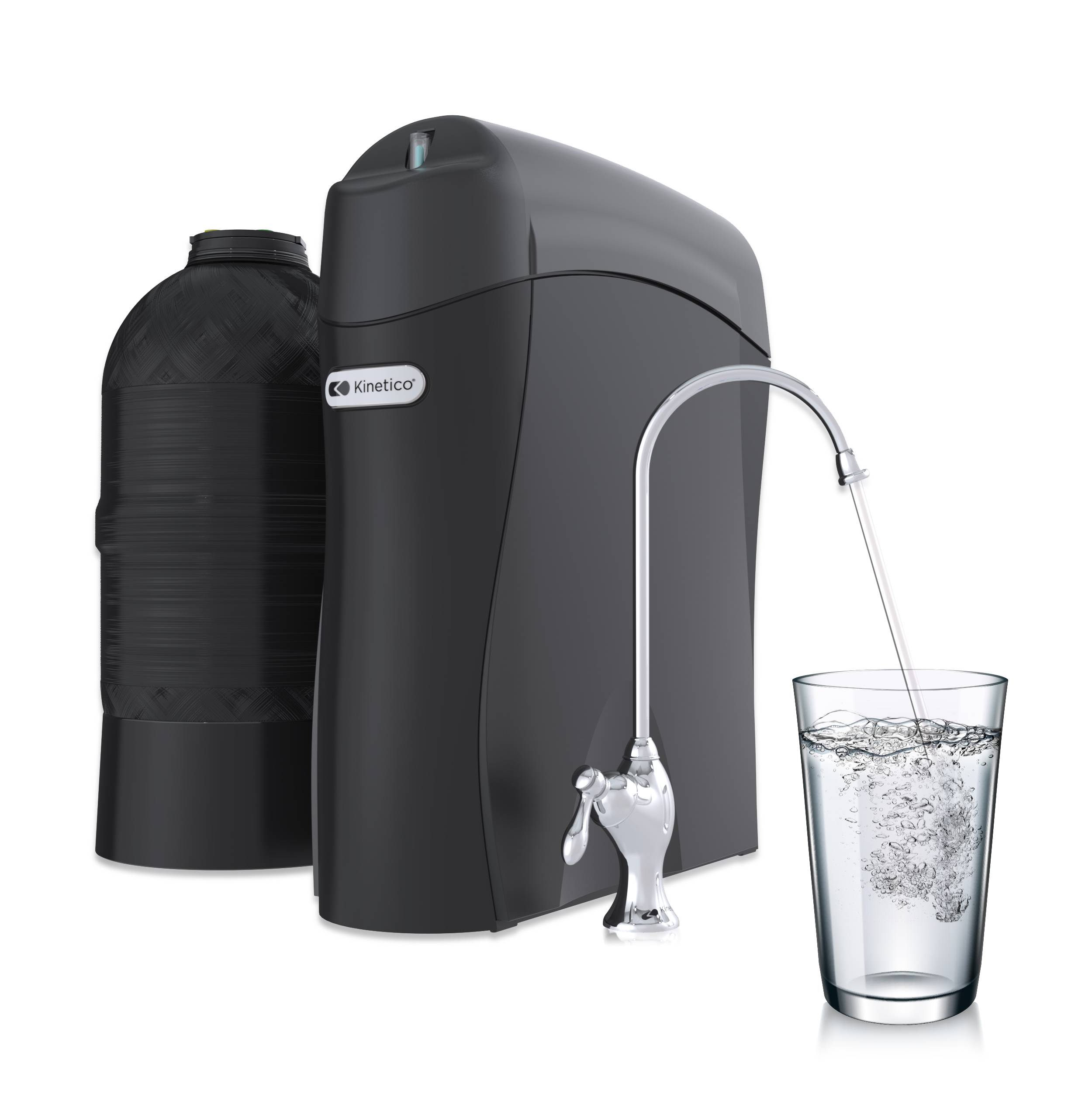You’ve probably already heard that Lead is a toxic metal that you don’t want in your drinking water. Interestingly, the connection between Lead and water delivery goes back to at least Roman times. In fact, the Latin word for Lead is plumbum, which gives us the chemical symbol Pb, as well as the words “plumbing,” “plumber,” etc. In spite of how useful it has always been, Lead also causes significant health issues. Consuming Lead has been shown to reduce intelligence, increase aggression, cause deafness, stunt growth, and damage organs including the brain and kidneys. Children are at greatest risk because they are growing and because of their smaller bodies (they would consume more relative to their body weight). The USEPA regulates Lead in public water supplies to a maximum of 0.015 parts per million, but the public health goal is to have zero in drinking water.
Typically Lead would be present because it leached from Lead pipes or joints that bring water into the house, leached from Lead solder used to join pipes together, or from erosion of natural ores in the ground. Another source could be older brass faucets or other fittings which come in contact with the water. While Lead has been banned from plumbing solder and distribution system piping for many years, just recently the US EPA determined that only brass with less than 0.25% Lead content is allowed to be in contact with drinking water.
This metal can be either dissolved in the water or it may be present as very small particles, or it can be in both forms at the same time. When treating your water in the home it is important to be aware of this. A filter that reduces one form may not do a good job with the other. For example, a pitcher might do well against dissolved Lead but not particulate, while a micron cartridge might filter some particles but not the dissolved form. To protect yourself and your family, choose a treatment that has been certified to the relevant standard. Because of normal shifts in water chemistry or physical disturbances to pipes, it may be best to select a device that reduces both forms of Lead. Point-of-use choices include reverse osmosis, distillation, as well as carbon blocks that have been specially designed to treat both the particulate and dissolved forms of Lead. The web sites of the Water Quality Association and National Sanitation Foundation provide listings of devices certified to Standards WQAS-200, ANSI/NSF 53, 58, 62, and 372.
It’s probably worth having your water tested, especially if you have children and / or live in an older home. Lead in drinking water can be a serious health hazard. Fortunately there are many options to limit exposure for you and your family.


